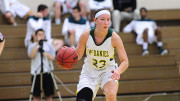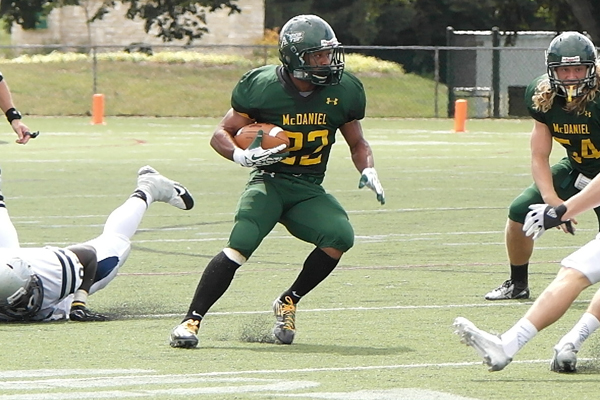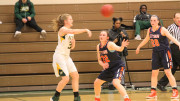Over the past few months the National Football League has been under intense scrutiny. A series of domestic violence disputes have led many to question the NFL’s stance on women’s rights and their views on the men that play their game. While the league claims a lack of tolerance for such events, one should consider the effect of the culture that the NFL has established. While watching the NFL on television we are able to observe evidence of the roles that gender plays within the league.
The NFL breeds hostility. The violence and aggression is part of what makes an NFL athlete. These traits negatively reinforce the stereotype of the overly physical, aggressive male. So what about the women? While there has yet to be a female to play the game professionally, there certainly seems to be a reoccurring trend of female roles within the league.
The most prevalent example of females in football is the cheerleaders. The NFL does not select its cheerleaders strictly based upon athleticism like at the collegiate level. The stereotype of the NFL cheerleader is to be the ideological attractive female who dances on the sideline for entertainment.
The other female role that is observable to viewers watching the NFL on television can be found in the female sports reporter. While broadcasters are traditionally male, there are females who do report for the league. The female broadcasters are almost all young, attractive, women who all act as if they’re “one of the guys”.
Often times when women are featured as analysts on television they are typically shown in an ancillary role reporting things like injuries rather than plays. It is the “man’s world” mentality that forces women into feeling as if they have to make themselves more “guy friendly” in order to have success.
While the roles of gender in the NFL are making headlines across the world, we can observe possible underlying trends that may play a factor. When we transition from passive television viewers into active viewers, we are able to observe that the game is more than just the game — it is a complex entity that perpetuates certain gender patterns and stereotypes.
Image by Keith Allison on Flickr. Licensed under Creative Commons.





